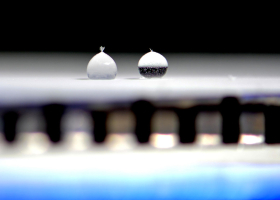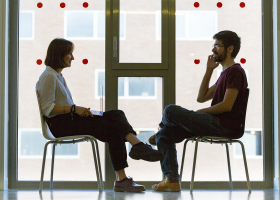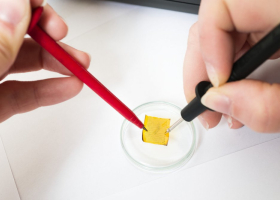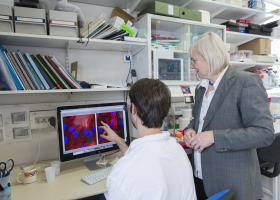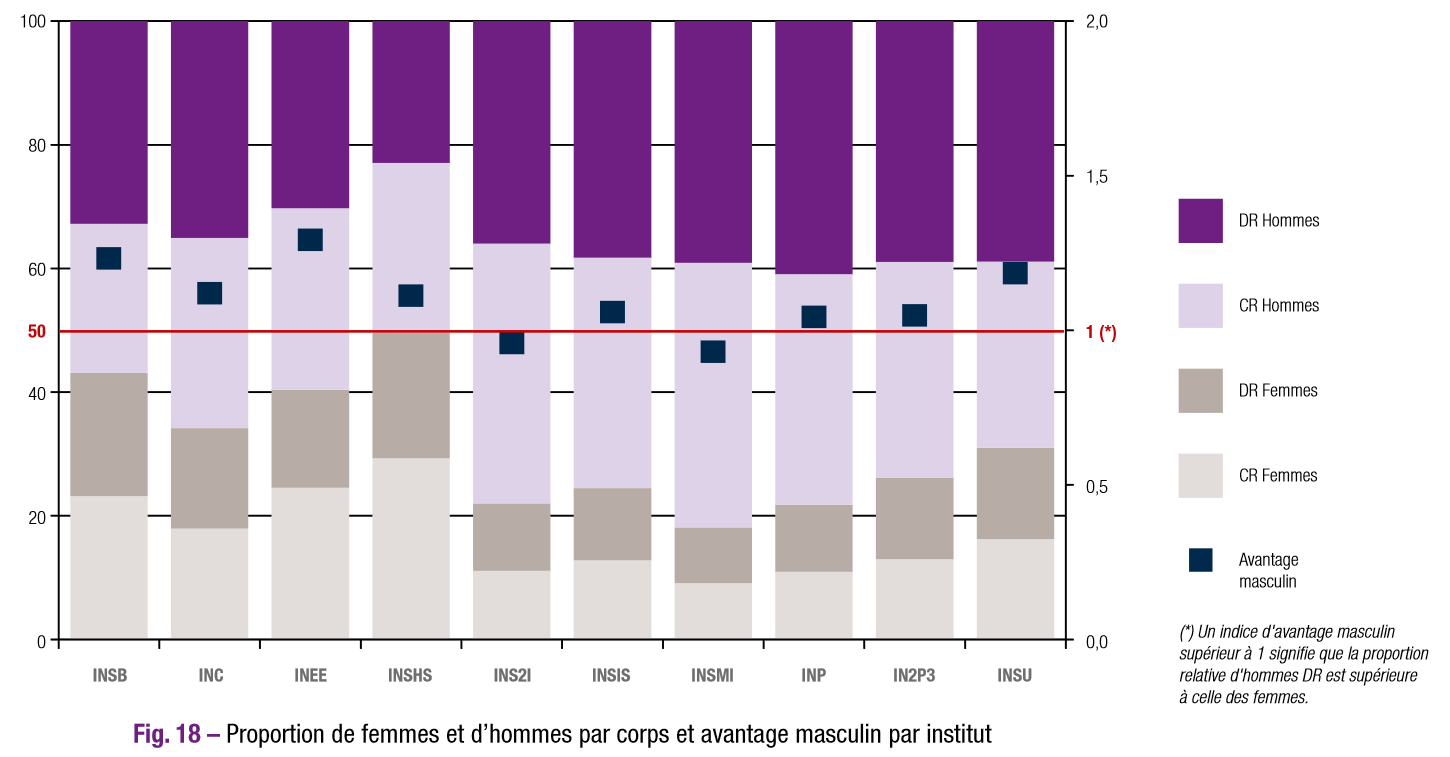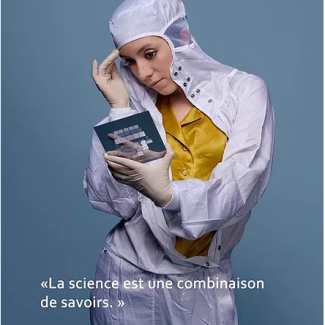The CNRS Physics’ mentoring program state of mind
Definition
Mentoring is a relationship in which one person (the mentor) supports and advises a colleague (the mentee), sharing their professional experience and personal insights from similar situations. It is not mandatory or systematic and may involve any early-career researcher.
Le mentorat se distingue du suivi scientifique par la section après le recrutement. Il se distingue aussi des outils mis en place par les laboratoires et les délégations régionales pour l'accueil des entrantes et entrants.
Objectives
Mentoring can address various aspects of professional life, including career development, time management, work-life balance, managing workplace relationships, visibility in the lab or internationally, responding to calls for proposals, etc.
Guidelines
Mentoring is initiated by the mentee and is based on mutual willingness. Although it involves a difference in experience, it does not establish a hierarchical relationship. It is a professional relationship grounded in listening, respect, and trust, with a shared commitment to confidentiality.
Implementation of Mentoring at CNRS Physics
Coordination Committee
A coordination committee composed of individuals from CNRS Physics and its Scientific Steering Committee (CSI) oversees the mentoring activities, including matching mentors and mentees.
At the national level, CNRS Physics has created a pool of experienced professionals who have volunteered to serve as mentors. Each mentoring pair is linked to a reference person from the coordination committee, who can offer additional support throughout the mentoring process.
Forming Mentoring Pairs
Anyone interested in participating in the mentoring program should send a brief request explaining their motivation to the coordination committee at: INP-mentorat@cnrs.fr.
A committee member will then contact the individual to clarify goals and expectations and to propose a suitable mentor. Following this exchange, the mentor and mentee will meet for a first session to discuss the objectives and structure of their mentoring relationship. If both parties agree on the goals and terms of the mentoring process, the mentor-mentee pair is officially established upon signing the Mentoring Charter.
